Did you know that in 2013, over 10,076 deaths occurred as a result of alcohol-related motor vehicle crashes? In fact, according to the National Institute on Alcohol Abuse and Alcoholism (NIH), those deaths accounted for 30.8% of all the motor vehicle fatalities for that year. Injuries and deaths that result from these type of vehicular crashes are completely preventable which is why drunk driving prevention programs have been developed to pioneer new technologies. So, how can these new and emerging technologies make our roads safer?
Use eTags© to Quickly Complete Your DMV Service. Renewals, Title Transfers and More, All Online!
MADD AND IGNITION INTERLOCKs
 An ignition interlock is a device that has been in use in several states for many years now. The ignition interlock device is wired into the vehicle’s ignition system and contains a plastic tube into which the driver must blow before they can start the car. If the ignition interlock detects that the driver is over the legal alcohol limit, the vehicle will not start. The device usually requires subsequent checks at different time intervals to assure the driver remains under the legal limit while driving.
An ignition interlock is a device that has been in use in several states for many years now. The ignition interlock device is wired into the vehicle’s ignition system and contains a plastic tube into which the driver must blow before they can start the car. If the ignition interlock detects that the driver is over the legal alcohol limit, the vehicle will not start. The device usually requires subsequent checks at different time intervals to assure the driver remains under the legal limit while driving.
MADD, Mother’s Against Drunk Driving, has been a powerful force in getting laws created and passed in states nationwide that require convicted drunk drivers to use these devices. In Oregon, Arizona, Louisiana and New Mexico, there has been a 30% drop in drunk driving deaths with the implementation of ignition interlocks for convicted drunk drivers. So, the technology works. However, even though all states have some sort of ignition interlock laws, there are only 22 states that have mandatory provisions for all offenses (including the first) in which the person is has a blood alcohol level above .08 (the legal limit in all 50 states):
| Alabama | Alaska | Arizona | Arkansas |
| Connecticut | Colorado | Delaware | Hawaii |
| Illinois | Kansas | Louisiana | Mississippi |
| Nebraska | New Hampshire | New Mexico | New York |
| Oregon | Tennessee | Utah | Virginia |
| Washington | West Virginia | ||
Other states which have ignition interlock device laws either don’t require them for the first offense or allow the person to choose to use them in lieu of reducing license suspension periods, don’t require them for the first offense if below a certain level, or only require them on a case by case basis. For example, in Florida for your first DUI offense, the only punishment is to have your license suspended for 6 months to a year. Only if the person’s blood alcohol level is .15 or above, would they be required to have an ignition interlock device installed on their vehicle for 6 months after the period for the license suspension has passed (although a person may apply for a hardship license during their 6 month suspension). Let’s remember though that the legal limit is .08, but you would have to have almost twice that to be required to use an ignition interlock device for your first offense or be a repeat offender in Florida.
Although ignition interlock laws help decrease drunk driving, the laws are not always enforced nor is their use monitored properly by the states. If you would like to help with drunk driving prevention efforts, you can contact your state’s legislators and show your support for stricter and better enforcement of ignition interlock laws for all convicted drunk drivers. You can also consider volunteering or donating to MADD, an organization dedicated to fighting drunk driving for over 30 years!
Driver Alcohol Detection System for Safety Program
The National Highway Traffic Safety Administration NHTSA is a government agency under the United States Department of transportation (USDOT) tasked with carrying out safety programs related to motor vehicles which includes drunk driving prevention. The NHTSA has partnered with the Automotive Coalition for Traffic Safety (ACTS), which represents 17 automobile manufacturers to collaborate on the Driver Alcohol Detection System for Safety (DADSS) program. The DADSS program works to explore and implement new technology that will help reduce drunk driving incidents and the crashes, injuries and deaths that result from them.
Breath and Touched based Systems
The Alcohol Detection System is currently being developed by the DADSS as a way to help prevent people from even getting their car to start if they have been drinking. This system would be built into the interior of a vehicle and measures the driver’s alcohol level in fractions of a second. If the driver has an alcohol level above 0.08, the vehicle will not start. For drivers under 21, this system can be programmed to prevent the car from starting if any amount of alcohol is detected. In all 50 states, the legal limit is .08 for adults over 21 years of age and 0 for anyone under 21.
 The Alcohol Detection System uses two methods for accurately measuring the alcohol level in a person’s system.
The Alcohol Detection System uses two methods for accurately measuring the alcohol level in a person’s system.
The first is a breath-based system.
This system pulls the driver’s exhaled breathe into a sensor that’s either located on the steering column or the driver’s door.
The system then uses a red beam of light to analyze the level of ethanol molecules in the exhaled breath (present when someone drinks alcohol).
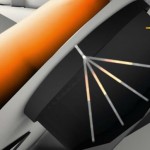 A touch-based system is also being developed. This system can measure blood-alcohol content from beneath the skin’s surface without any pricks or incisions.
A touch-based system is also being developed. This system can measure blood-alcohol content from beneath the skin’s surface without any pricks or incisions.
The driver must place his finger up to one of the sensors located on either the vehicle’s ignition button or on the gear shift.
These sensors will then shine an infrared-light onto the driver’s finger.
This detects their alcohol-blood content. As with the breath-based system, the vehicle will not start if the driver’s alcohol content is above the legal limit.
Bud Zaouk, who is currently leading the research team at DADSS, has said that even though this new technology could save over 10,000 lives a year, it likely wouldn’t be available in vehicles for another 8 to 10 years. In addition to the rigorous testing that still needs to be done, opposition from groups like the American Beverage Institute aren’t making it any easier to move forward with wide-spread implementation.
Nissan’s Alcohol Detection Systems
Nissan has also been working diligently to develop drunk driving prevention technologies. Like DADSS, they too have been working on a system similar to the breath-based device which they describe as alcohol odor sensors. They also have a similar touch-based technology that would lock the shifter if alcohol is detected using sensitive sensors built into the shift knob. It is their other ideas still in concept that have set them apart though.
Facial and Behavioral Detection systems
 Nissan has been developing a facial monitoring system. Cameras would be built right into the vehicle’s interior.
Nissan has been developing a facial monitoring system. Cameras would be built right into the vehicle’s interior.
This facial monitoring system observes the driver’s state of consciousness by recording their blinking patterns.
When the driver shows signs of drowsiness, which often occurs when someone is intoxicated, the system will alert them in two ways.
First, they’ll receive a voice alert. Second, the seat-belt mechanism will automatically start to tighten to gain full attention.
 Driving behavioral detection is yet another technology also being developed by Nissan.
Driving behavioral detection is yet another technology also being developed by Nissan.
This technology will constantly monitor the driving of the person behind the wheel. For example, if a driver is swerving or driving irregular, the voice activation and the seat-belt mechanism will alert the driver.
This alert will ask the driver to pull over and take a rest.
These two technologies could prove useful not only for drunk driving but also for distracted, drowsy, and drugged driving.
While we wait for these new technologies to be tested, approved, and commercialized, you can do your part to help reduce drunk driving incidents by:
- Abstaining from driving if you have been drinking. In fact, why don’t you sign a pledge (link to pledge has since been removed by host).
- Spreading awareness about the dangers of drunk driving to family and friends. Consider being annoying about it (they’ll still love you).
- Being the one to speak up. Don’t let a friend drive if they are intoxicated. Take away their keys. They’ll thank you in the morning (maybe just not out loud).
- Reporting a drunk driver. Maybe you know them, maybe you don’t. What matters is how many lives you could save by helping get a drunk driver off the road as quickly as possible.
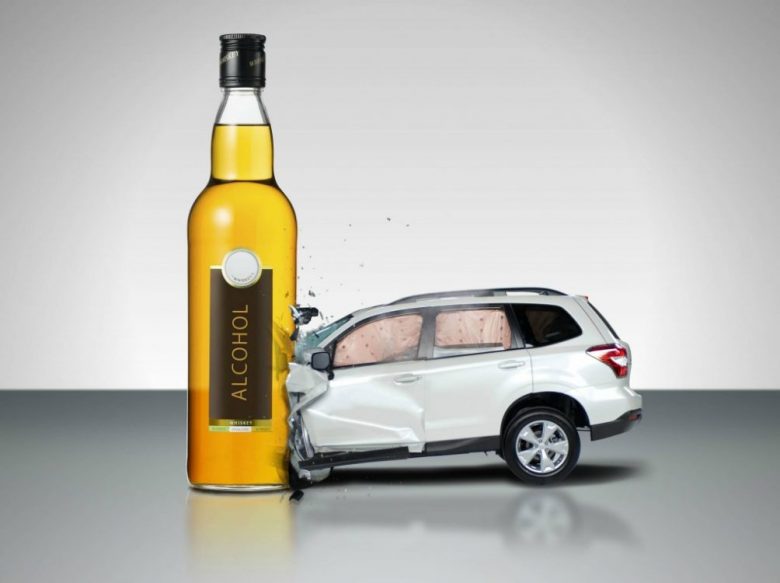


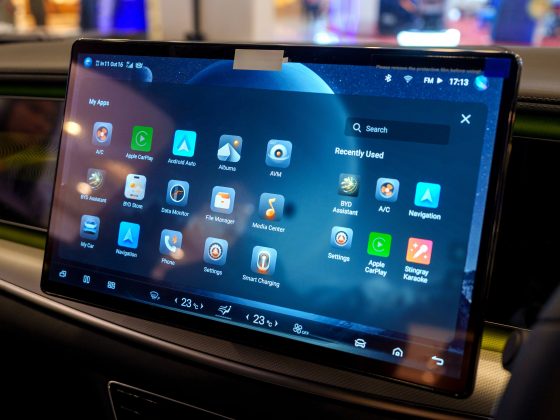

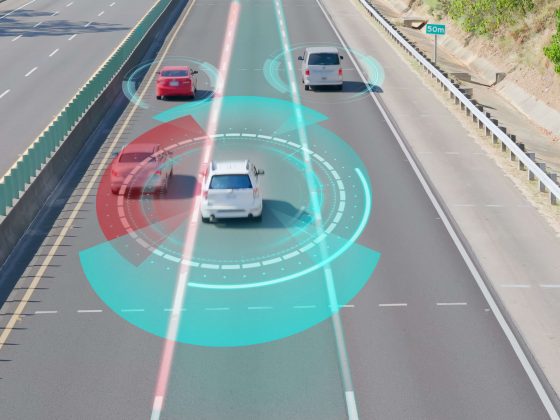
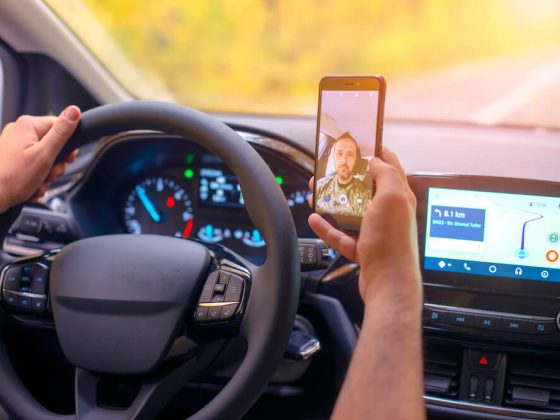


4 comments
Drunk driving is a serious problem. The ignition interlock installed on vehicles is a great technology that prevents this from happening.
How can I get a hardship license to go to medical appointments I have to at least make medical appointments
Depending on the state you live in, the hardship license has different requirements. For example in FL, you have to enroll in a DUI school/program. Just do a quick online search for “hardship drivers license and your state” to find more info
….To prevent such accident some institutions and companies construct or support projects.
In the projects, those have the aim of preventing such accidents from occurring, a connection is established between the engine and alcohol meter via an immobilizer system. The working principle of this kind of project is established as follows: while the driver indents to start the vehicle he must pass an alcohol test. To prevent the case of driver uses alcohol after starting the vehicle, the driver asked to pass alcohol tests every time that is designated by the system. This way it is tired to avoid driver to take alcohol after starting the vehicle.
1. WHAT IS THE NAME OF THIS PROJECT
The name of this project is GOST “safe car driving technology”
Read more in the comments here
Engin Ağaç
0090 543 829 30 29